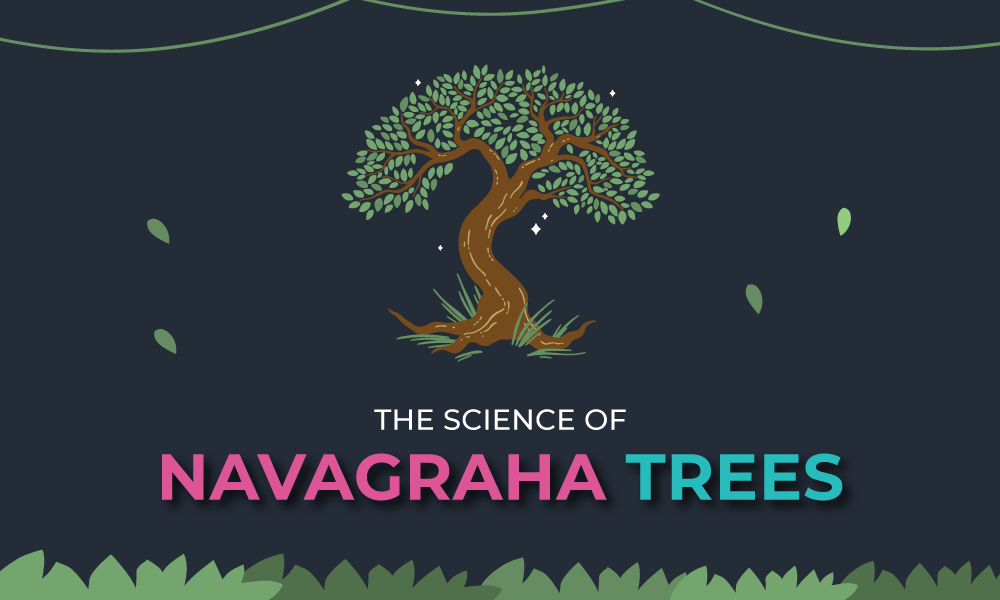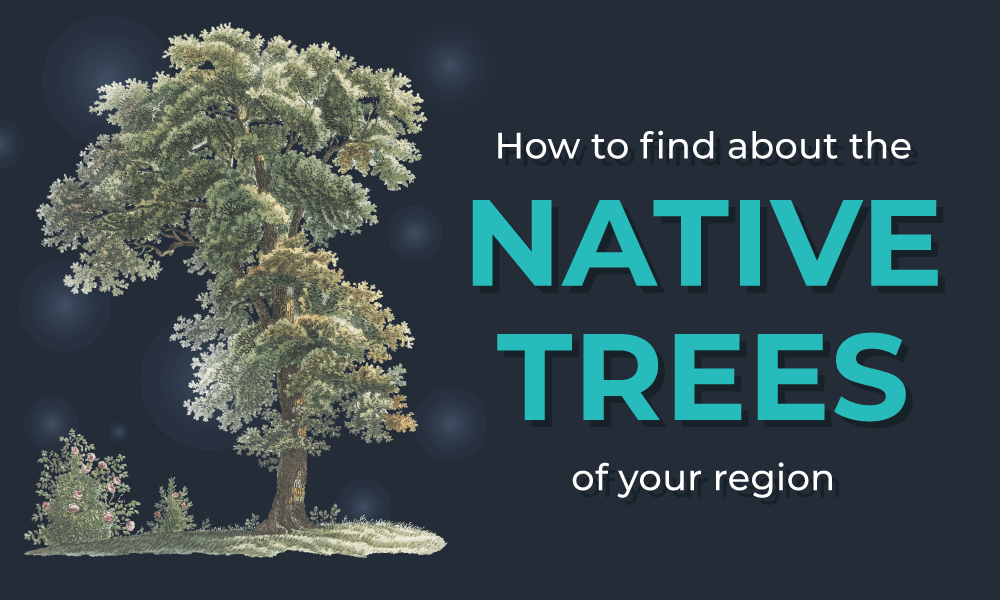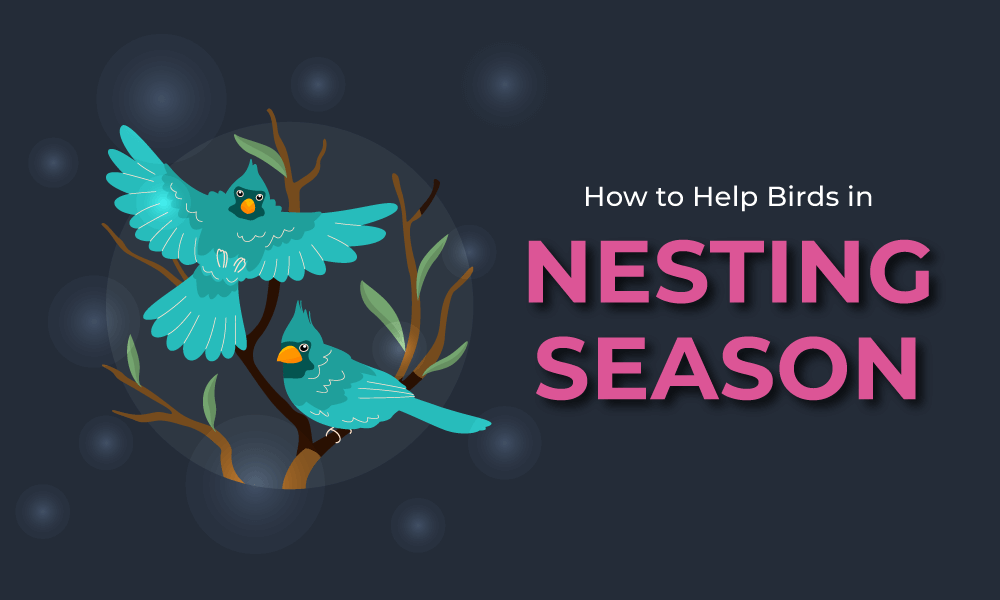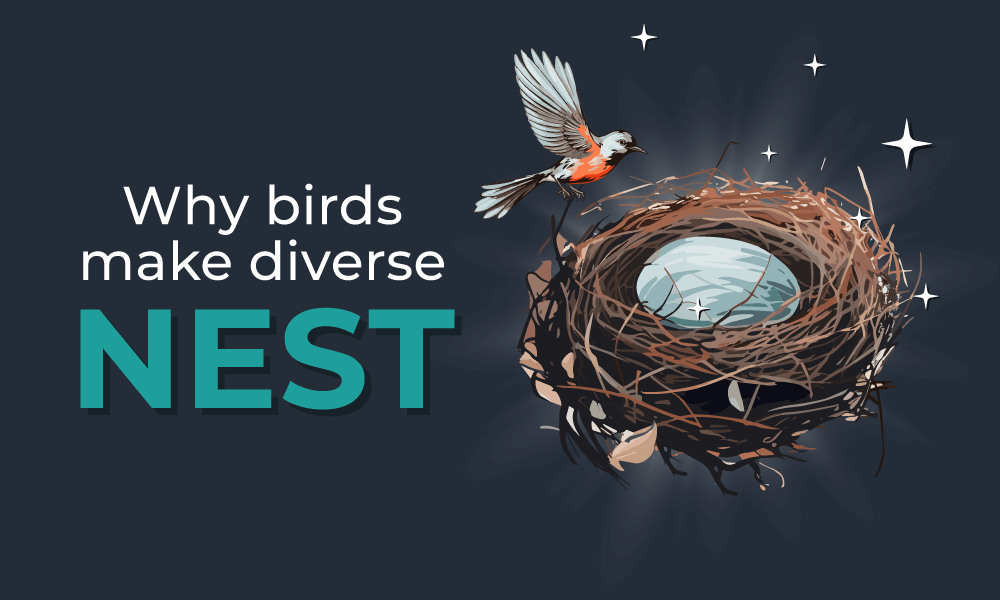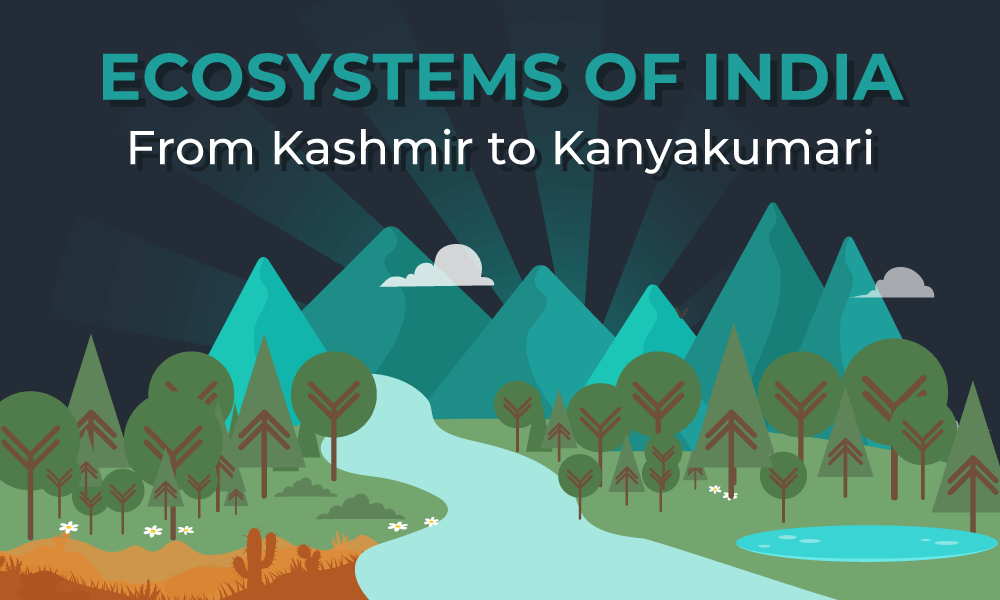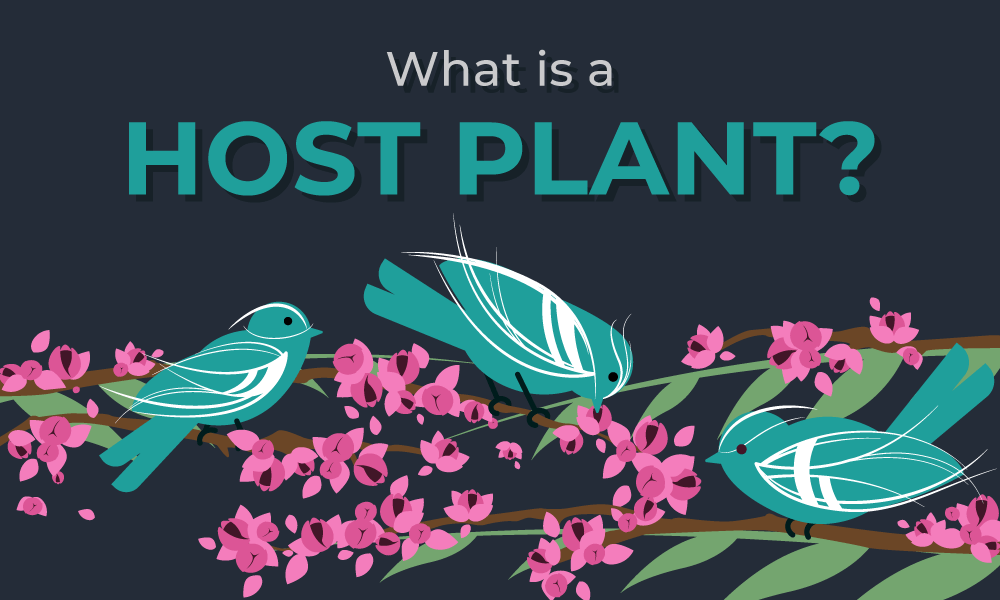There are over 300 species of snakes found in India, of which around 60 are venomous. Some of the most venomous snakes in the world are found in India, including the king cobra, Indian krait, Indian saw-scaled viper, and Russell’s viper.
According to the classification, there are many different types of snakes found in India, from harmless rat snakes to big pythons to deadly king cobras. So let’s understand about all these type of snakes that lives in our country.
1. Blind or thread snakes (Scolecophidia) non-venomous

There are around eight species of blind snakes found in India. The most commonly encountered species is the Brahminy Blind snake. Blind snakes are often mistaken for earthworms. They are very small worm-like snakes, mostly found in pink, grey, brown or black colour but the thing which makes them look very different from earthworms is the shine, They have a very metallic-looking shine on their whole body which differentiates them from earthworms. They have a forked tongue and smooth scales around their bodies that allow them to travel through the soil.
Blind Snakes are found in all over india. They are found wherever ants and termites (their main food supply) are plentiful. They also eat the eggs and larvae of ants and termites. To find their food Blind Snakes flick their tongue to taste and smell the trail of ants and termites. They follow the ants’ trails to the nest. Owls, cats, foxes and some snakes eat Blind Snakes.
Blind Snakes lay one to twenty round eggs each breeding season with the young looking after themselves. These snakes are non-venomous and harmless. They cannot bite. Blind snakes mostly found in the soil under the fallen leaves on your garden or could be found around your flowers pots in the rainy season.
2. File Snake (Acrochordus) non-venomous

There are three species of File snakes found in India. They are mostly found along the beaches from Gujarat to West Bengal, and in the Andaman and Nicobar Islands. They can be found in rivers, ponds, mangroves and the sea. They are most commonly found in shallow water and saltwater. They are completely water animals and are helpless on land.
File snakes are known for their rough skin, which is caused by their small, strong scales. Their skin is also loose and baggy, which helps them grip prey in water but makes it difficult for them to move on land. File snakes have triangular bodies and raised scales, and are covered in tiny nodes like thing that help them grasp onto plants and rocks.
Their primary food is fish, but will also eat amphibians like frogs. They wrap their bodies around their prey to contain it before swallowing. File snakes have a slow metabolism, so they only need to eat once a month. However, when they do eat, they eat well, and a large file snake can swallow a fish that’s twice its width in seconds. File snakes are ovoviviparous, meaning the young are born when they have fully developed in eggs inside the mother. File snakes are completely harmless to humans.
3. Old World Sand Boas (Boidae) non-venomonus

India has two species of boas Common sand boa and Red sand boa, both of these are non-venomous. The Common sand boa can be found in the states of Kerala, Karnataka, Goa, and Southern Maharashtra. And The red sand boa is found in dry, rocky, and sandy areas throughout all of India. They mostly live in soil, and can be found around fallen leaves and near tree roots.
It is a short but thick and strong snake that grows up to 100cm., but usually found in 70-80cm range. Its body colour is dark brown, reddish-brown, blackish, cream etc., with the upper side densely marked with blackish or dark-chocolate brown blotches throughout the length. Its underside is yellow-white and usually marked with dark patches. Its head is smaller than the body, not broader than the neck and covered with small scales. Its tail is very thick, short and covered with rough scales.
Boas are ovoviviparous, meaning the young are born when they have fully developed eggs inside the mother. It mostly hunts on small animals like birds, other snakes, frogs and insects. They are non-venomous which makes them completely harmless to humans but their bite is very painful.
4. Colubridae (Colubridae) venomous and non-venomous
India has more than 200 species of this type of snake, they evolved about 35 to 55 million years ago, and this is the largest and most diverse family of snakes. They are found all over India and in every type of environmental condition.
Some common Colubridae species in India:




Common vine snake: (Ahaetulla nasuta)
Common cat snake: (Boiga trigonata trigonata)
Common Indian Trinket Snake
Bronzeback Tree Snake
Dumeril’s Black-Headed Snake
Indian Rat Snake
Common Wolf Snake
Barred Wolf Snake
Buff-Striped Keelback
Checkered Keelback Water Snake
Green Keelback
Indian Smooth Snake
Read more here
5. Cobra and relatives (Elapidae) venomous

India has four species of cobra: Indian cobra (Naja naja): Also known as the spectacled cobra and the king cobra, this snake has a large, black and white hood on its neck. It can be found in India, Sri Lanka, Pakistan, Nepal, Bhutan, and Bangladesh. Monocelate cobra (Naja kaouthia), Central Asian cobra (Naja oxiana), Andaman cobra (Naja sagittifera)Found in the Andaman Islands.
King cobra is the world’s largest venomous snake and can be found throughout all of India. All of the cobra family is very very venomous. Cobras are slender snakes that can range in colour from black, dark brown, yellowish-white, red, green, and brown. Some cobras are solid colours, while others have spots, bands, or other patterns. For example, the Indian cobra’s ventral scales can be grey, yellow, tan, brown, reddish, or black, while its dorsal scales may have a hood mark or colour patterns.
Cobras are oviparous snakes that lay eggs. The king cobra is the only snake that builds its own nest and guards its eggs until they hatch. The average hatchling cobra is 16–18 inches long, but the size depends on the species.
6. Sea snakes (Elapidae) venomous

India has about 22–25 species of sea snakes, which can be found in many marine habitats, including coral reefs, estuaries, muddy ocean floors, and rivers. Most sea snakes are venomous, but there is also a nonvenomous genus called Emydocephalus, which has no teeth or venom and eats fish eggs.
The most common ones are :
Annulated Sea Snake (Hydrophis cyanocintus)
Shaw’s Sea Snake (Hydrophis curtus)
Malacca Sea Snake (Hydrophis caerulescens)
7. Indian Sand Snake (Lamprophiidae) venomous

The Indian Sand Snake, also known as the Condanarus Sand Snake, belongs to the family Lamprophiidae and is part of the genus Psammophis, commonly referred to as whip snakes. These snakes are distributed across various parts of India and thrive in arid and semi-arid environments, including sandy and rocky terrains.
They are generally medium-sized, growing up to about 3 to 4 feet. They have slender body with a yellowish-to-brownish color, and some have dark longitudinal stripes running along their body. They are active, fast-moving diurnal snakes that are highly agile and excellent climbers. Though they are ground-dwelling, they are also known to move through low shrubs or bushes in search of prey.
They primarily feed on lizards, small mammals, and sometimes other smaller snakes.
8. Snail-eating snakes (Pareidae) non-venomous

In India, snail-eating snakes such as the Indian Snail-eating Snake (Pareas margaritophorus), are primarily found in the northeastern states and certain central regions. These non-venomous snakes are adapted to a diet of snails and slugs, utilizing their elongated bodies and specialized jaws to crush the hard shells of their prey. Typically inhabiting moist environments like forests, grasslands, and agricultural areas, they play an essential ecological role by helping control snail populations, contributing to the health of their ecosystems.
9. Pythons (Pythonidae) non-venomous

In India, pythons from the family Pythonidae are large, non-venomous snakes known for their impressive size and strength. The most notable species include the Indian Python (Python molurus), commonly found across various habitats such as forests, grasslands, and wetlands, and the Reticulated Python (Malayopython reticulatus), which is also present in some regions.
Pythons are primarily nocturnal and ambush predators, feeding on a diverse diet that includes mammals, birds, and reptiles. They are adept climbers and swimmers, often found in trees or near water bodies. While they are generally not aggressive towards humans, their size and strength can make them dangerous if provoked. These snakes play a significant ecological role as apex predators, helping to maintain the balance within their ecosystems.
10. Shieldtail snake (Uropeltidae) non-venomous

Shieldtail snakes belong to the family Uropeltidae and are a unique group of burrowing snakes found in India. These non-venomous snakes are characterized by their cylindrical bodies, smooth scales, and a distinctively flattened, shield-like tail that aids in digging through soil. They are typically small to medium-sized, with most species measuring between 30 to 60 centimeters in length. Shieldtail snakes are primarily found in the Western Ghats and parts of the northeastern states, inhabiting moist, leaf-littered forests, where they feed on earthworms and other soil-dwelling invertebrates. They are secretive and rarely seen, spending much of their lives underground, which makes them less known to the general public.
11. Vipers (Viperidae) venomous

Vipers are characterized by their triangular-shaped heads, long fangs, and distinctive patterns that provide excellent camouflage in their environments.
This family includes some well-known species, such as the Russell’s Viper (Daboia russelii), the Indian Viper (Vipera russelii), and the Saw-scaled Viper (Echis carinatus). They are primarily found in forests, grasslands, and scrub areas, often preferring dry and rocky habitats. Vipers are ambush predators, relying on their excellent camouflage and keen senses to hunt small mammals, birds, and reptiles. Their venom is hemotoxic, capable of causing significant damage to tissue and blood, making them potentially dangerous to humans.
While encounters with humans can be serious, most viper species are not aggressive and will often retreat if given the opportunity.
12. The sunbeam snake (Xenopeltis unicolor) non-venomous

The sunbeam snake is a non-venomous snake found in India, primarily inhabiting the forests and grasslands of the northeastern region. Known for its strikingly beautiful iridescent scales that reflect sunlight, this snake has a unique appearance that sets it apart from other species.
Sunbeam snakes are generally medium-sized, averaging about 1 to 1.5 meters in length. They are primarily nocturnal and are known for their burrowing behavior, often hiding under leaf litter or in loose soil during the day. Their diet mainly consists of small mammals, birds, and reptiles, which they capture with their quick strikes. While not aggressive towards humans, sunbeam snakes may bite if threatened. They are relatively secretive and often go unnoticed due to their cryptic colouration and underground lifestyle.
Read more : What to Do and Not Do if a Snake Bites You
If you have some suggestion on which we should write or you have any query and something else you can contact us. Please do share this blog with your family, friends, and others so they can all learn about snakes of India.



























